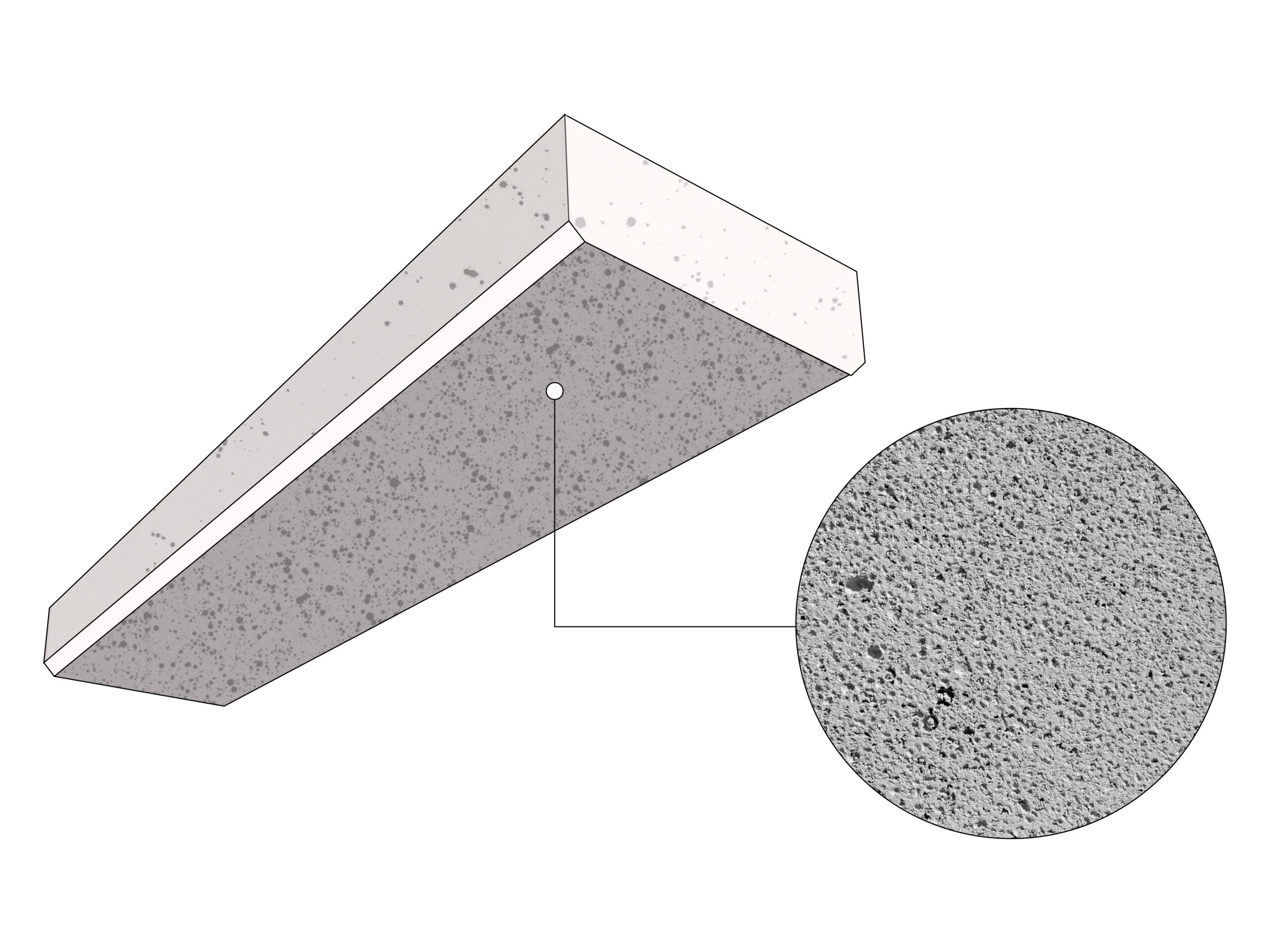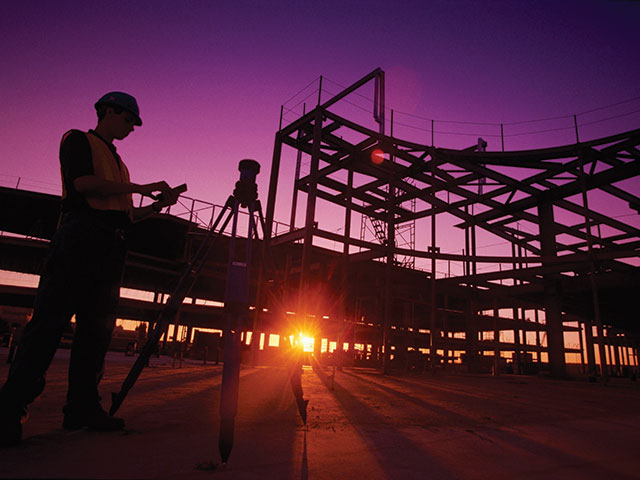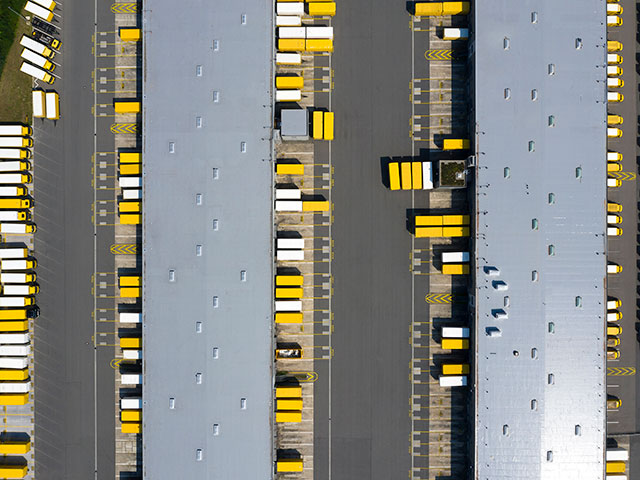
Find out why without a holistic approach to RAAC issues we run the risk of turning one problem into another.
Putting political debate aside, the current focus on Reinforced Autoclaved Aerated Concrete (RAAC) in buildings, particularly schools, is driven by the absolute truth that health and safety should always be paramount and as an industry we must 100% support that. Whilst problems with RAAC have been known about since the 1990’s, and although there was a partial collapse at a school in 2018, it took the recent collapse of a RAAC component previously considered low risk to bring it more sharply into focus. It’s unlikely that anybody has a full understanding of the true scale of the issue, but it is important that we don’t get carried away in the media storm and can look at the problems and solutions professionally, objectively and holistically– something we have been doing for clients with regard to RAAC for a number of years already.
So, what is RAAC and why is it causing a problem?
RAAC is a type of concrete which was widely used in schools, hospitals and other buildings from around the late-1950s to the mid-1990s, although there are reports of later examples. It was most commonly used in roof construction, favoured for being lightweight and having good thermal properties. It is identifiable by its bubbly appearance when uncovered. However, it is weaker and less durable compared to traditional reinforced concrete. Early examples have been found to have a typical life expectancy of circa 30 years and can become prone to collapse when wet (for instance if there were a leak in the roof).
Why is a holistic approach needed when looking at RAAC?
A chartered building surveyor and a chartered structural engineer can identify RAAC and the extent of any risk to the structural health of a building – but consideration also needs to be given to other factors like whether the inspection or remediation of RAAC has the potential to disturb asbestos-related materials and the impact any work may have on fire risk assessments for example.
Without a holistic approach building managers and landlords run the risk of turning one problem into another issue quite quickly.
Will having RAAC mean significant remediation work is needed?
Not necessarily, which is why it is important to get professional guidance and audit the potential measures before starting any remedial actions. The presence of RAAC doesn’t automatically mean that structural work will be needed. A survey and assessment will give a clearer picture and the outcome will depend on the condition of the RAAC and the condition of the reinforcement.
How can Tetra Tech help?
At Tetra Tech our Chartered Building Surveyors and Chartered Structural Engineers work collaboratively with our asset management specialists (asbestos, fire safety, H&S and more) to fully understand any risks posed to you by RAAC. By providing all this capability in-house, we can align these activities under a single appointment, enhancing programme, minimising disturbance to site users and reducing cost. We are appointed to several Crown Commercial Service (CCS) frameworks which allow all public sector clients to directly award us projects.


